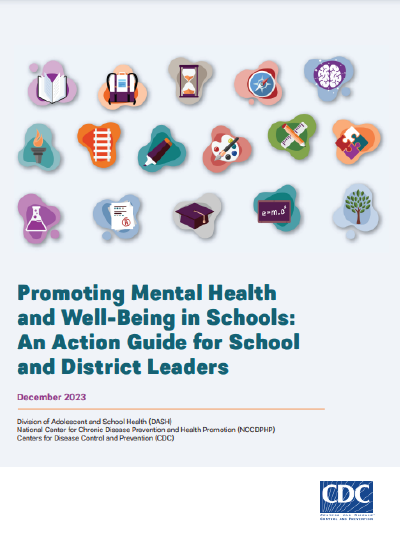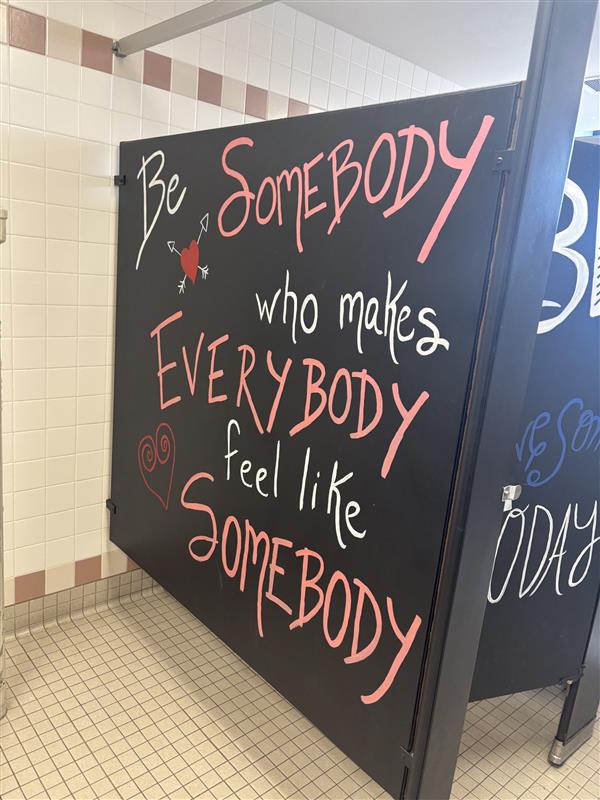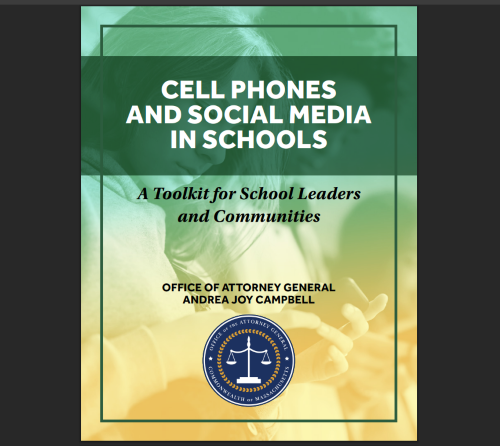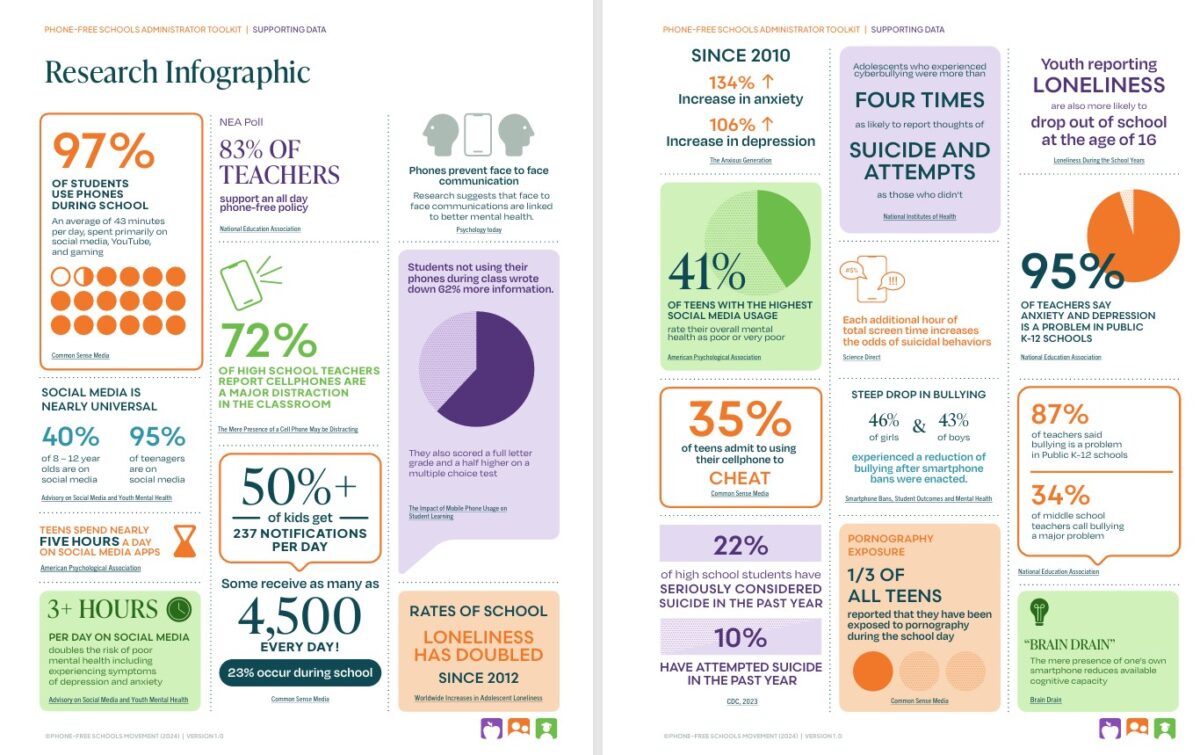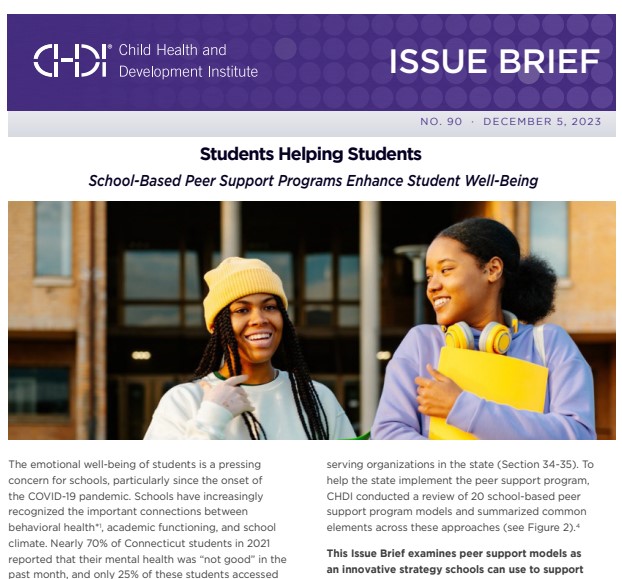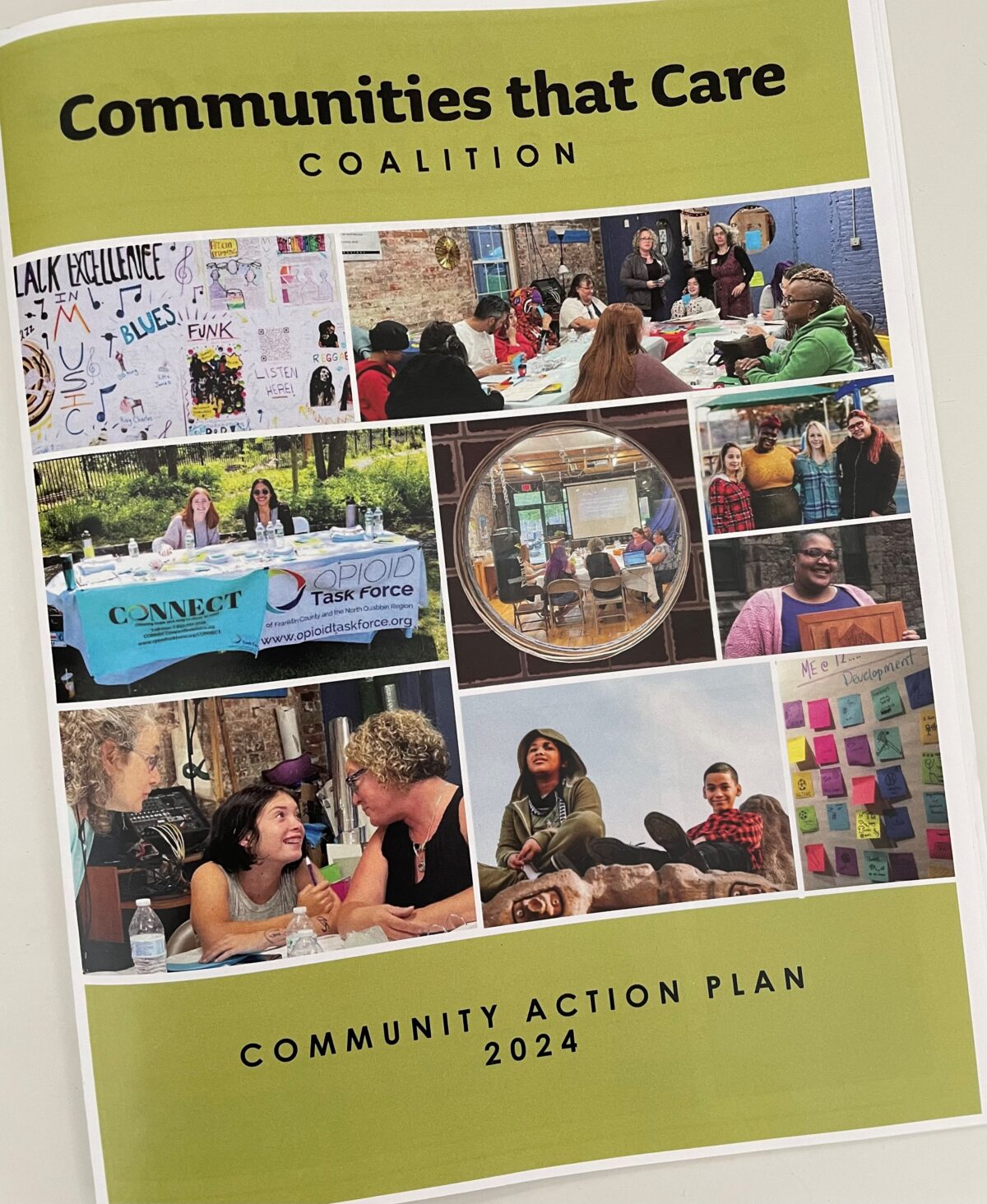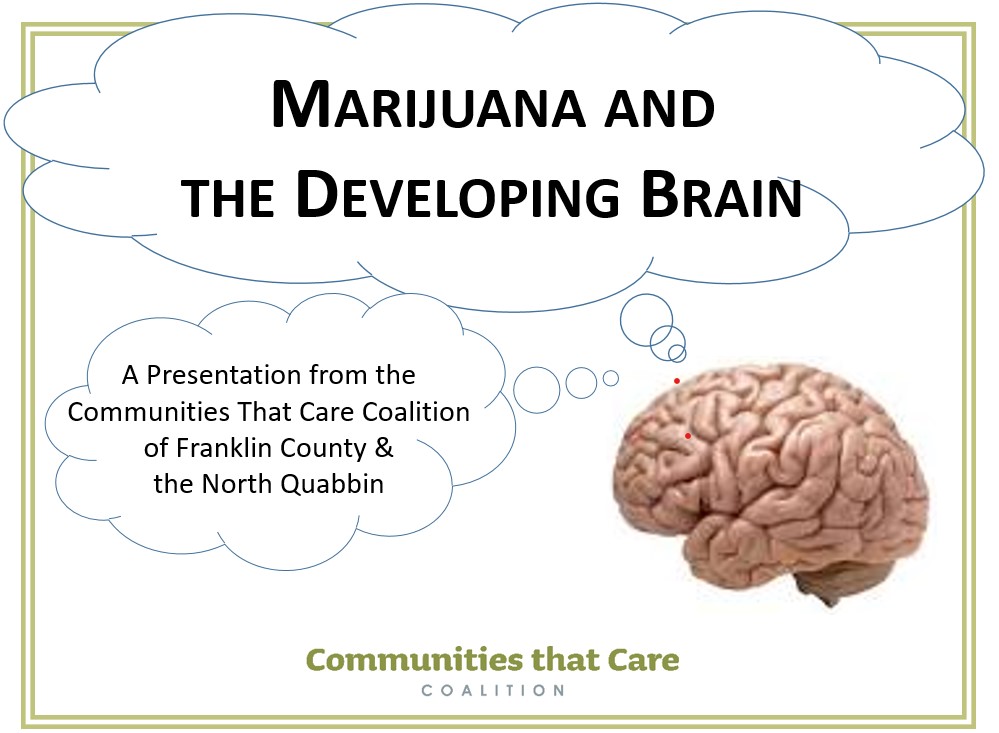We are grateful that Pioneer Valley Regional School District has shared their cell phone policy resources freely for other schools to reference, adopt, or adapt. Their policy has been widely seen as successful.
One 9th grade student shared, “I’ve been going to this school since 8th grade, so I was here before and after the school changed the rules to be totally phone-free, and I feel like there’s so much more interaction between students now than there was before. I’ve even had a bunch of friends say that their grades went up once they didn’t have their phones in school. I know some kids are saying they want to be able to reach their parents, but I think it could be a crutch – almost like an unhealthy addiction.”
Cell Phone Policy: This is the district’s final policy, approved on June 6, 2024. The policy states that “The Pioneer Valley Regional School District seeks to provide students with a school environment that promotes academic focus, student well-being, and joy in our shared experience as learners. To help our schools achieve this environment, the School Committee directs that students not have access to personal electronic devices during the school day. The School Committee further directs that the Superintendent create guidelines for the use of personal electronic devices at other times, including bus transportation and school-sponsored events.”
Policy Subcommittee’s Slideshow to School Committee: This is the Policy Subcommittee’s presentation to the School Committee (given on May 23, 2024, 2 weeks before the policy was approved) outlining the research they conducted and their recommendation for the new policy.
District Update Before First Reading: This update was shared with the school community and towns in the district’s newsletter on May 20, 2024 (before the proposed policy was brought to School Committee) that provides additional information about the policy change.
District Update Before Second Reading: This is an update that was shared with the school community and towns in the district’s newsletter on June 4, 2024 (just before the policy was approved) that provides additional information about the policy change.
Review of and Response to Student Concerns: The Director of Technology compiled all of the concerns that had been brought by students to the School Committee regarding loss of access to cell phones during the school day, and provided responses to each of them.
For additional questions about the policy or their process in creating the policy, please contact Superintendent Patricia Kinsella (kinsellap@pvrsdk12.org), Principal Annie Scanlan-Emigh (scanlanemigha@pvrsdk12.org), or School Committee Policy Subcommittee Chair Melissa Gerry (gerrym@pvrsdk12.org).
